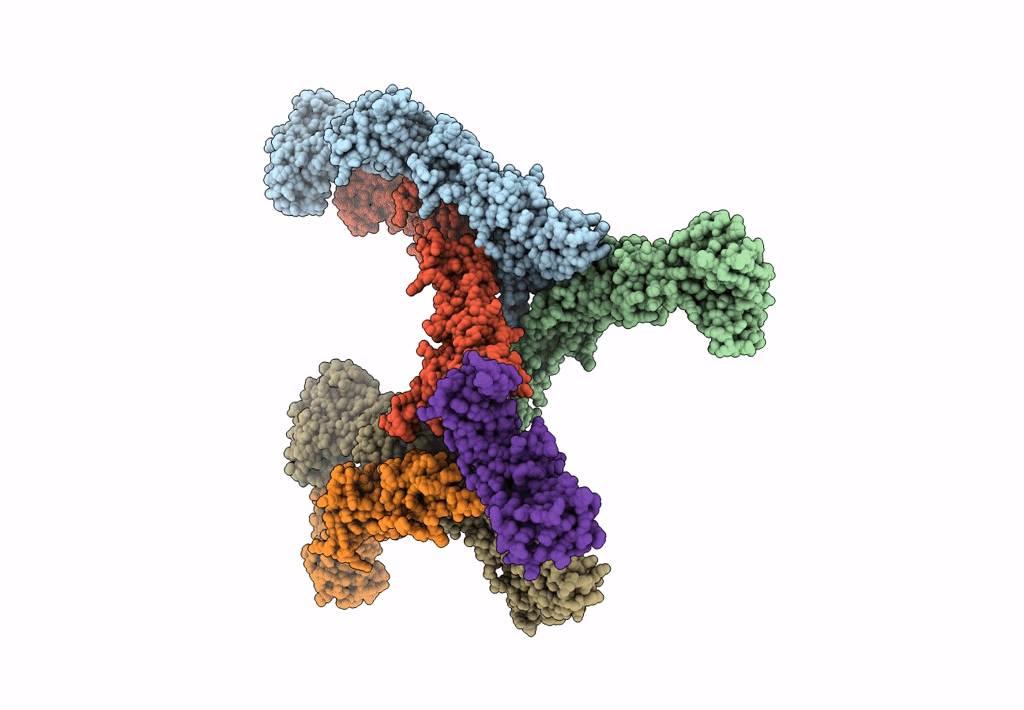
Deposition Date
2022-09-27
Release Date
2022-11-09
Last Version Date
2024-10-16
Entry Detail
PDB ID:
8EMB
Keywords:
Title:
X-ray crystal structure of Thermosynechococcus elongatus Si3 domain of RNA polymerase RpoC2 subunit
Biological Source:
Source Organism:
Thermosynechococcus vestitus BP-1 (Taxon ID: 197221)
Host Organism:
Method Details:
Experimental Method:
Resolution:
3.06 Å
R-Value Free:
0.28
R-Value Work:
0.26
R-Value Observed:
0.26
Space Group:
P 32 2 1


